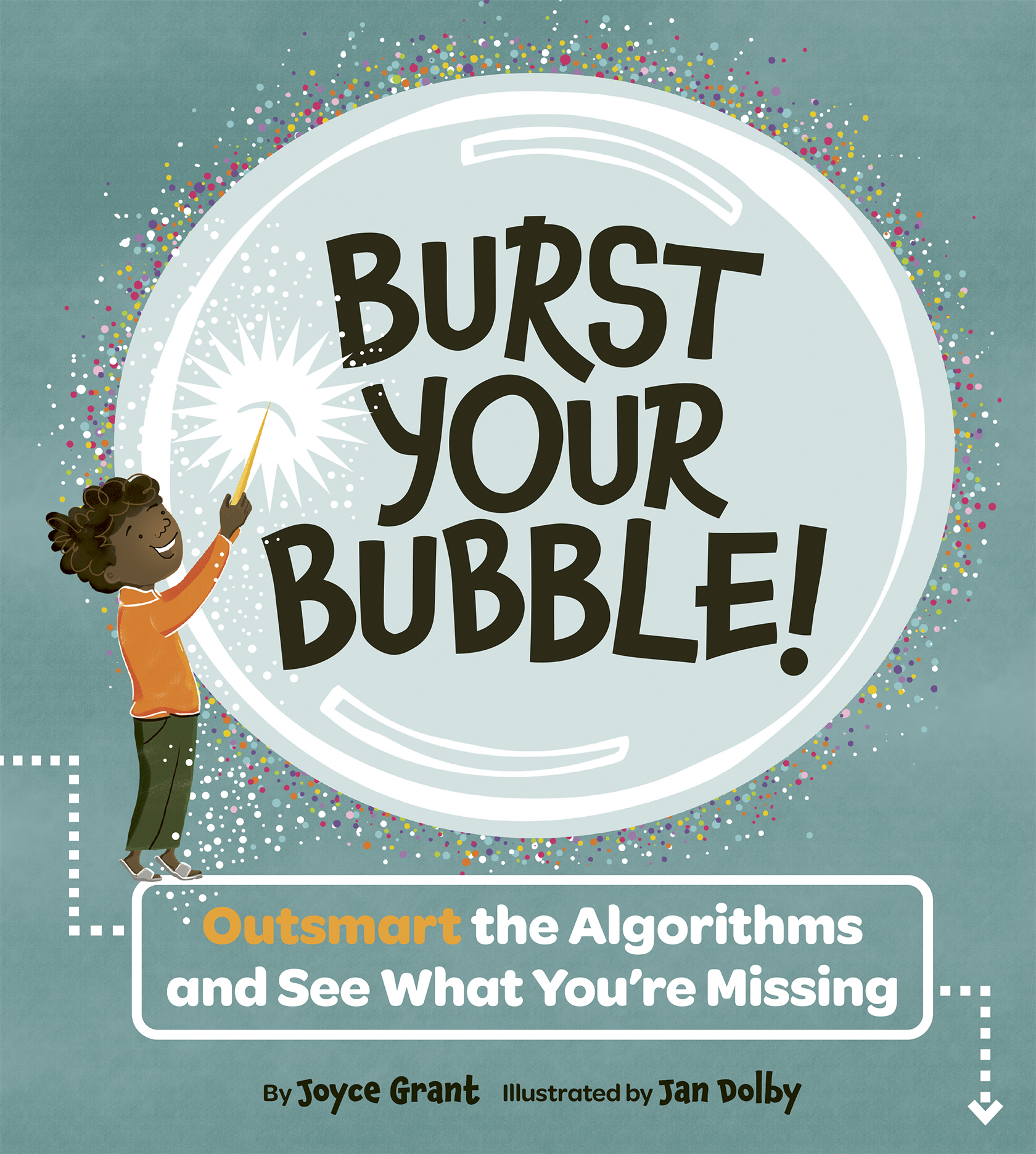When the giant tortoise known as Lonesome George died last summer, people thought he was the last of his kind.
Lonesome George lived on Pinta Island, one of a group of islands called the Galapagos, in the Pacific Ocean off the coast of South America.
He belonged to a species called Chelonoidis abingdoni, which was native to that island and not found anywhere else in the world.
When he died, scientists believed the species became extinct.
Now a group of researchers has found giant tortoises, who may be related to Lonesome George, living on another Galapagos island.
These scientists studied the DNA of a group of giant tortoises living on Isabella Island, about 60 kilometres away from Lonesome George’s home.
They found 17 tortoises that had some DNA from the same Pinta Island species as Lonesome George.
These tortoises also had DNA from a different species, which means they had ancestors from both species.








